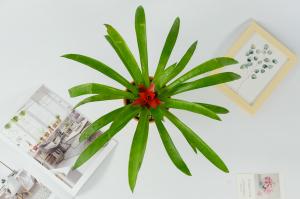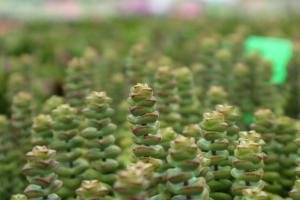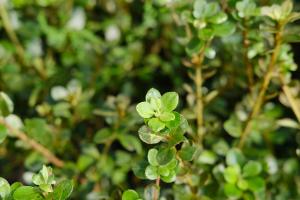How to Save a Snapped Tomato Plant
Tomatoes are one of the most popular and loved vegetables. Growing your own tomatoes provides a sense of pride and satisfaction. However, issues may arise, such as a tomato plant becoming too tall and heavy, leading it to snap. A snapped tomato plant can be a nightmare for any gardener, but with appropriate steps and care, it can still be saved. Here are some tips to help you revive a snapped tomato plant:
Assess the damage
The first step to saving a snapped tomato plant is to assess the extent of the damage. If the stem has snapped in half, the chances of it surviving are low. However, if the stem has only bent or partially snapped, it can still be saved. It's important to act fast to prevent further damage and to restore the plant to its original position.
Stake the plant
The next step is to stake the plant to keep it upright. Use a sturdy and tall stake, such as a bamboo or metal rod, to provide support. Place the stake a few inches away from the snapped area and gently tie the plant to it using garden twine or soft fabric. Keep in mind not to tie it too tightly, as this can cause further damage to the plant.
Prune the damaged part
If the stem has snapped in half, the damaged part needs to be pruned. Use a clean and sharp pair of garden shears to cut off the damaged part of the stem. Make sure to cut at an angle to promote healing and prevent water buildup on the cut. If the plant has already started to flower or fruit, it's advisable to remove the fruits to reduce the plant's stress.
Treat the wound
After pruning, the wound needs to be treated to prevent infection and to promote healing. Use a plant wound sealer or tree wound dressing, which can be found at any garden center or nursery. Apply a small amount to the wound to seal it and to keep insects and diseases away. Avoid using regular household sealants or glue, as they can be toxic to the plant.
Water and fertilize
Watering and fertilizing the plant properly is crucial. Make sure to water the plant regularly, but avoid overwatering. Water the base of the plant and try to keep the foliage dry to prevent diseases. Additionally, fertilize the plant with a balanced fertilizer every two weeks to promote growth and recovery. Follow the instructions on the fertilizer package to avoid overfertilizing.
Conclusion
A snapped tomato plant can be stressful and disappointing, but it can still be saved with the right care and attention. By assessing the damage, staking the plant, pruning the damaged part, treating the wound, and providing proper water and fertilization, your tomato plant has a good chance of recovering. Remember to be patient, as it may take some time for the plant to fully recover and produce healthy fruits.

 how many times do yo...
how many times do yo... how many planted tre...
how many planted tre... how many pine trees ...
how many pine trees ... how many pecan trees...
how many pecan trees... how many plants comp...
how many plants comp... how many plants can ...
how many plants can ... how many plants and ...
how many plants and ... how many pepper plan...
how many pepper plan...





























